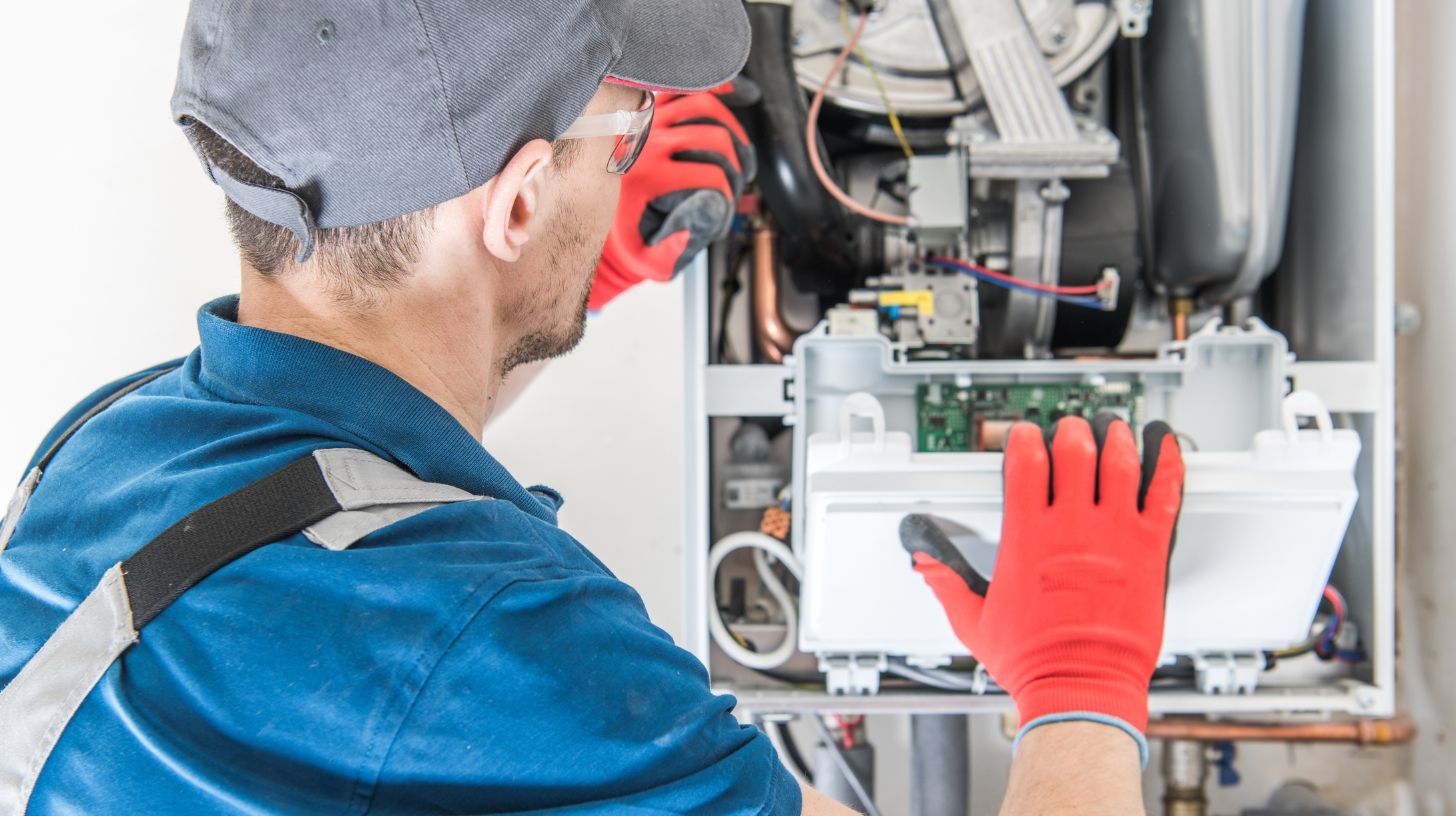Is a gas or electric furnace better?
Heating systems are crucial for maintaining comfort in your home, especially during colder seasons. Two popular options are gas and electric furnaces. This blog will delve into the differences between these two types, helping you make an informed decision for your Phoenix home.
Introduction to Gas and Electric Furnaces
Gas Furnaces use natural gas to produce heat. They are known for their efficiency and ability to heat up quickly. Electric Furnaces, on the other hand, use electric heating elements. They are typically easier to install and maintain but can be less efficient in terms of energy use.
Cost Considerations of Gas Vs Electric Furnaces
When it comes to upfront costs, electric furnaces are generally cheaper than gas furnaces. However, the cost of electricity compared to gas can make electric furnaces more expensive to operate over time. Gas furnaces, while more expensive upfront, often have lower operational costs due to the lower cost of natural gas.
Gas vs Electric Furnace Environmental Impact: Carbon Footprint Comparison
The environmental impact of these furnaces varies significantly. Gas furnaces emit carbon dioxide, a greenhouse gas, while electric furnaces rely on the local electricity grid. If your electricity comes from renewable sources, an electric furnace might have a lower carbon footprint. However, if your electricity is generated from fossil fuels, the environmental impact could be higher than a gas furnace.
Big Differences in Installation and Maintenance Costs of Electric VS Gas Furnace
Installation of a gas furnace usually requires a gas line and proper venting, making it more complex and costly than installing an electric furnace. Maintenance for gas furnaces can also be more demanding, as they need regular checks for gas leaks and venting issues. Electric furnaces, with fewer moving parts, generally have lower maintenance requirements and costs.
FAQ Section
What is the main difference between a gas furnace and an electric furnace? The primary difference lies in their heating method: gas furnaces burn natural gas, while electric furnaces use heated electric elements.
Which is more energy-efficient, a gas or electric furnace? Gas furnaces are typically more energy-efficient, as natural gas is a more efficient fuel source compared to electricity, especially if the electricity is generated from fossil fuels.
What are the key factors to consider when choosing between a gas and electric furnace? Consider factors like your local climate, utility costs, home insulation, environmental impact, and installation and maintenance costs.
Are gas furnaces more environmentally friendly than electric furnaces? This depends on the source of your electricity. If your electricity is produced from renewable sources, electric furnaces can be more environmentally friendly. However, if your electricity comes from fossil fuels, gas furnaces might have a lower environmental impact.
At Semper Fi Heating and Cooling, we understand the importance of making the right choice for your Phoenix home. Whether you opt for a gas or electric furnace, ensuring it suits your specific needs and preferences is key. For personalized advice and professional installation, reach out to us. Let’s ensure your home stays comfortable and efficient!
